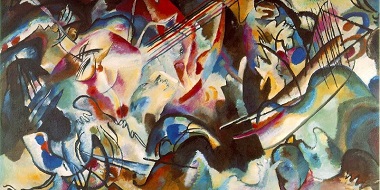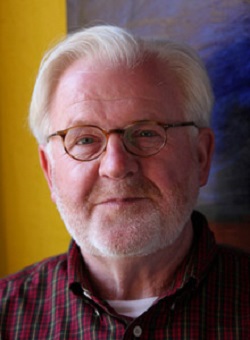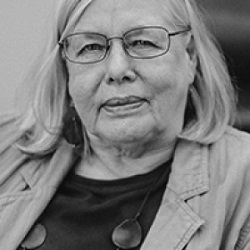
The Verge Conference will focus on Arts + Spirituality this year.
For the past 10 years the Verge Conference has focused on a range of fascinating arts-related topics. Last year it was Arts + the Inklings; in previous years arts and the environment or ethics or social action . . .
This year the focus is Arts + Spirituality:
The arts have been closely associated with spirituality and religious practice throughout human history and across cultures. For thousands of years artists and philosophers alike have contributed much to our understanding of this connection. This academic conference seeks to move the conversation forward.
Many of the sessions will be focused on very specific topics (Emily Carr: Painter/Writer of the Spirit; Vincent van Gogh and the Poetic Principle; Francis & Dominic and the Arts of Devotion . . .) but it strikes me that this event will also offer participants an ideal opportunity to see the bigger picture.
Several of the speakers have spent a lifetime observing, participating in and chronicling matters of the arts and the spirit. Here are brief introductions to three of the walking art encyclopedias who will be guiding the Verge Conference:
Cam Anderson, CIVA

Cam Anderson
Cam Anderson will deliver the keynote address, Consumption, Terror and Affection:
Increasingly, our being in the world is defined by the global consumer culture that engulfs us. We cherish the sense of connection and convenience that this mediated world provides. But what is the real cost of our participation in it?
Now more than ever we need to become makers and not mere consumers. It is time for us to direct our affection to the things that matter most. The visual arts, Christian faith and healthy practices can empower us to do exactly that.
Anderson is executive director of CIVA / Christians in the Visual Arts and author of The Faithful Artist: A Vision for Evangelicalism and the Arts, published by IVP Academic in 2016.
Gregory Wolfe, editor of Image, said this of Anderson and his book:
Cam Anderson has read a lot of good books and that’s part of what makes this book so rich and rewarding. But, far more importantly, this book represents a lifelong engagement with the arts and a deep faithfulness to Anderson’s roots in the evangelical church. So this is a personal book in the best possible sense. It is, to quote Eugene Peterson, evidence of ‘a long obedience in the same direction.’
Laurel Gasque, Artway

Laurel Gasque
Laurel Gasque teaches art history at Trinity Western University as well as arts and theology at Regent College, where she pioneered the college’s art program. She also just retired from the board of Image and is the author of a book on the person whose work she will address at the conference – Hans Rookmaaker, the influential Dutch art historian.
But her greatest influence may be as associate editor of ArtWay, an international, in-depth website for congregations and individuals linking the visual arts and faith.
Speaking of its vision, ArtWay says (in part):
(ArtWay even offers a review of Anderson’s The Faithful Artist.)
John Franklin, Imago

John Franklin
I have seen John Franklin at work through Imago for over a decade, at his home in Toronto, here in Vancouver and at Lausanne events in Cape Town and Pattaya – and he was at it long before I knew him.
About Imago:
Our mandate is to affirm the artistic gift and to encourage and facilitate creative initiatives in the arts that will make a positive contribution to the Canadian cultural landscape. It is our intent to promote high calibre artistic work across the spectrum of visual, written and performing arts.
Franklin will address a rather exciting project for which he was a consultant for several years:
The paper will explore the dialogue between art and the spiritual through a discussion of the Mystical Landscapes exhibition that was at the Art Gallery of Ontario from October 2016 – February 2017. Paul Gauguin, Maurice Denis, Charles–Marie Dulac, Van Gogh, August Strindberg, Monet, Lawren Harris and Emily Carr were among the artists included in this exhibition.
Taken collectively these artists could be seen as a “resistance movement” pushing against their disenchanted world of their time where culture was dominated by industrial, economic and materialistic values. They sought a recovery of the transcendent. Spirituality may take two forms, light (cataphatic) and darkness (apophatic) and both find expression in the Mystical Landscapes exhibition.
Whether or not you are able to join Cam, Laurel and John – and several other talented artists and art experts – at the Verge Conference, I highly recommend that you check out their websites. It won’t take the place of firsthand interaction, but the sites will open many new doors. All three are evangelicals whose interests and perspectives are broad indeed.
In a related vein, Regent College had David Taylor teaching for summer school and has just posted his podcast on The Arts and Worship.
